Tag Archives: Sustainability
Polestar’s latest concept EV is designed for sustainability
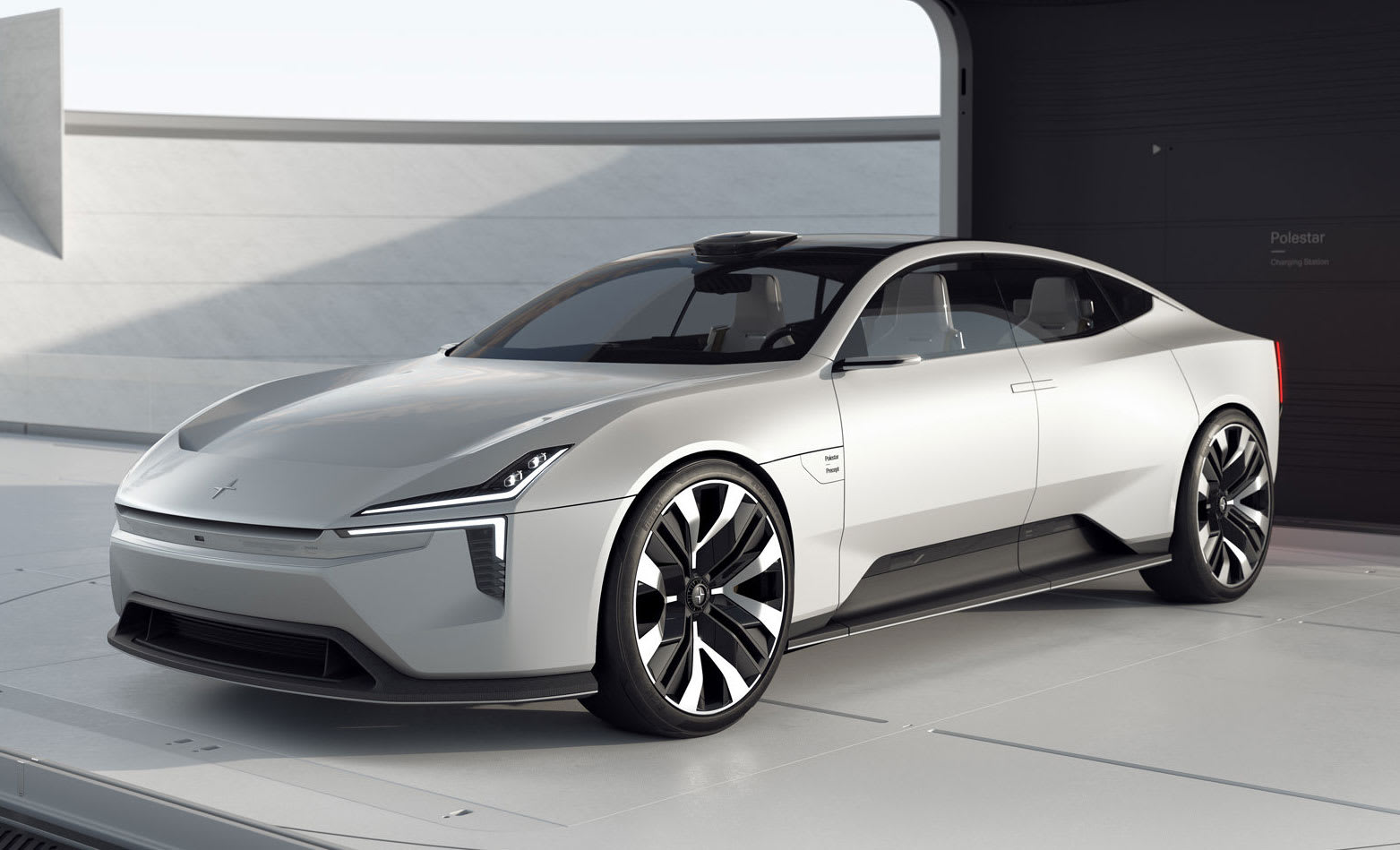 Polestar has yet to deliver its first EV, but that isn't stopping it from outlining the vision for its future cars. The automaker has unveiled a concept sedan, the Precept, that showcases both the company's evolving design language and its technologi...
Polestar has yet to deliver its first EV, but that isn't stopping it from outlining the vision for its future cars. The automaker has unveiled a concept sedan, the Precept, that showcases both the company's evolving design language and its technologi...
Phillipe Starck’s Broom – A sustainable chair that swept away industrial waste like magic
Here is some food for thought – what if our leftovers could be turned to functional furniture that looked food? I mean good, that looked good! Phillipe Starck is a French designer which means he eats really good food and has managed to turn the leftovers into some really good chairs called the Broom for Emeco. Global food waste (aka leftovers) is twice as high as predicted reports CNN but leftovers don’t necessarily mean just food – it is any waste that ends up in the trash and the solution to waste management lies in creative, sustainable design. The Broom is a fine example of just that! Recycled, recyclable and designed to last – this is where rubbish becomes responsible.
The relationship between Phillipe Starck and Emeco is what turned the company from just a US Navy supplier to a coveted furniture design brand. “Working with Emeco has allowed me to use recycled material and transform it into something that never needs to be discarded – a tireless and unbreakable chair to use and enjoy for a lifetime,” says Starck who believes every creator has a duty to the society. Emeco uses recycled aluminum, recycled PET, reclaimed wood polypropylene, eco-concrete, and cork. In fact, the Broom chair is made of 90% reclaimed waste polypropylene and wood fiber that would normally be swept into the trash – hence the name!
Broom is the ingenious result of a design collaboration that both avoids and eliminates waste. It is made from a compound of industrial waste from lumber factories and industrial plastic plants – 75% waste polypropylene and 15% reclaimed wood that usually ends up in the trash. It checks all the boxes for sustainable furniture with its three-fold environmental impact – less energy, less waste, and less carbon. “With the Broom chair, it is about less and more. We chose less – less “style”, less “design”, less material, less waste, less energy. And so, the Broom chair became so much more” says Starck when talking about the design process to make a chair that does more than being a surface to sit on.
The Broom comes in 6 colors, can be stacked easily, perfect for outdoor use and very low maintenance (honestly, just clean with soapy water and wipe with a soft cloth). The wood particles create a speckled texture that gives the surface a warmer, more natural touch, each chair will have its own unique textured pattern. Wood is good, polypropylene is not so good, but the combination made from the two gives us a material that lasts like synthetic but has the spirit of nature. This is sourced from woodshops and plastic producing worksites, it is then cleaned, compressed and transformed into a wood composite that works for the environment instead of harming it.
“Imagine”, says Philippe Starck, “a guy who takes a humble broom and starts to clean the workshop and with this dust he makes new magic” and we bet JK Rowling will agree that brooms are truly magic.
Designer: Philippe Starck for Emeco.













Get ready to eat bugs if you want to live beyond 2050
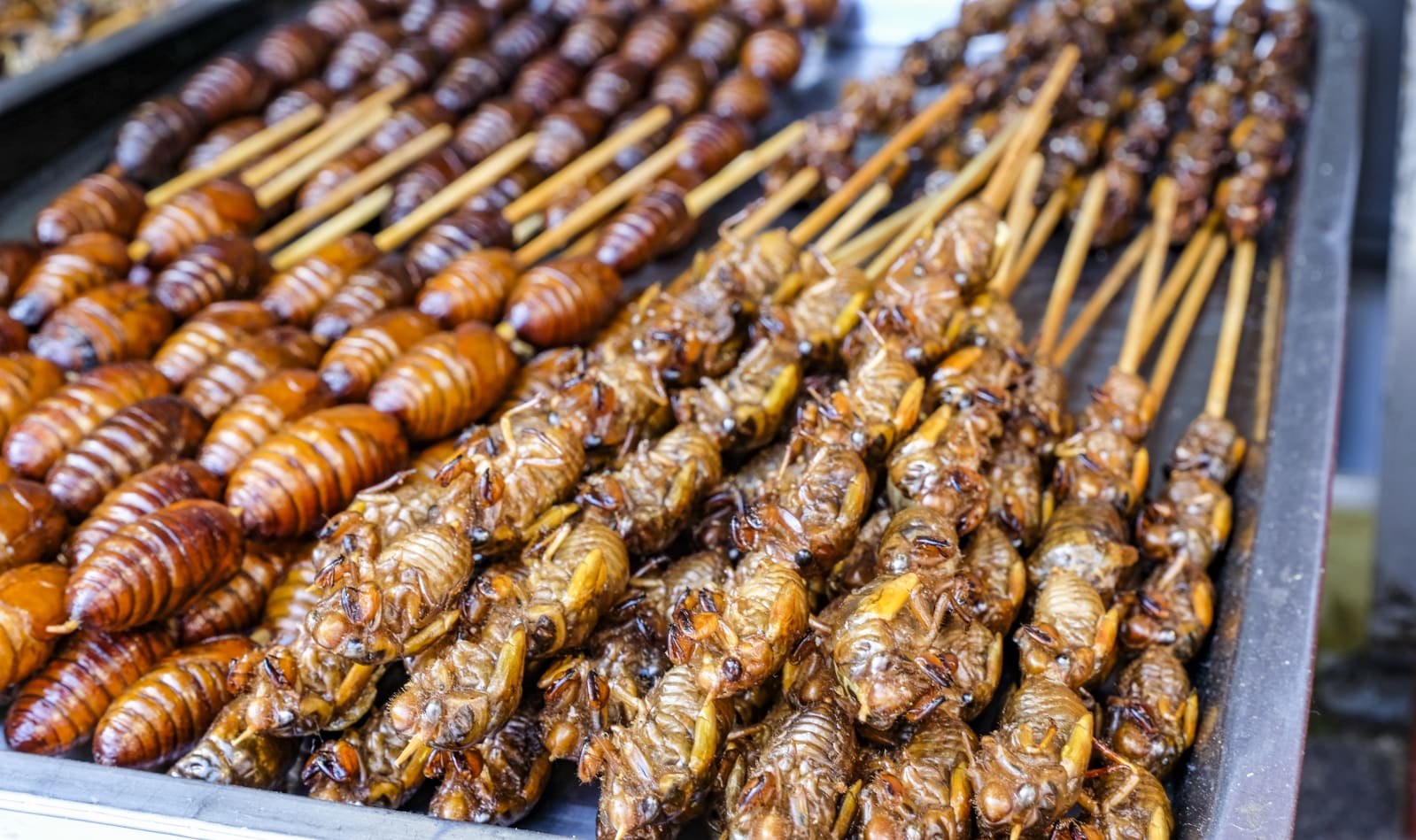 By 2050 there will be an estimated 10 billion humans living on this planet. That's not just a lot of mouths to feed, those folks will be, on average, wealthier than today's population with a taste for the foods found in regions like the US and Wester...
By 2050 there will be an estimated 10 billion humans living on this planet. That's not just a lot of mouths to feed, those folks will be, on average, wealthier than today's population with a taste for the foods found in regions like the US and Wester...
Department of Energy will invest $300 million in green transportation research
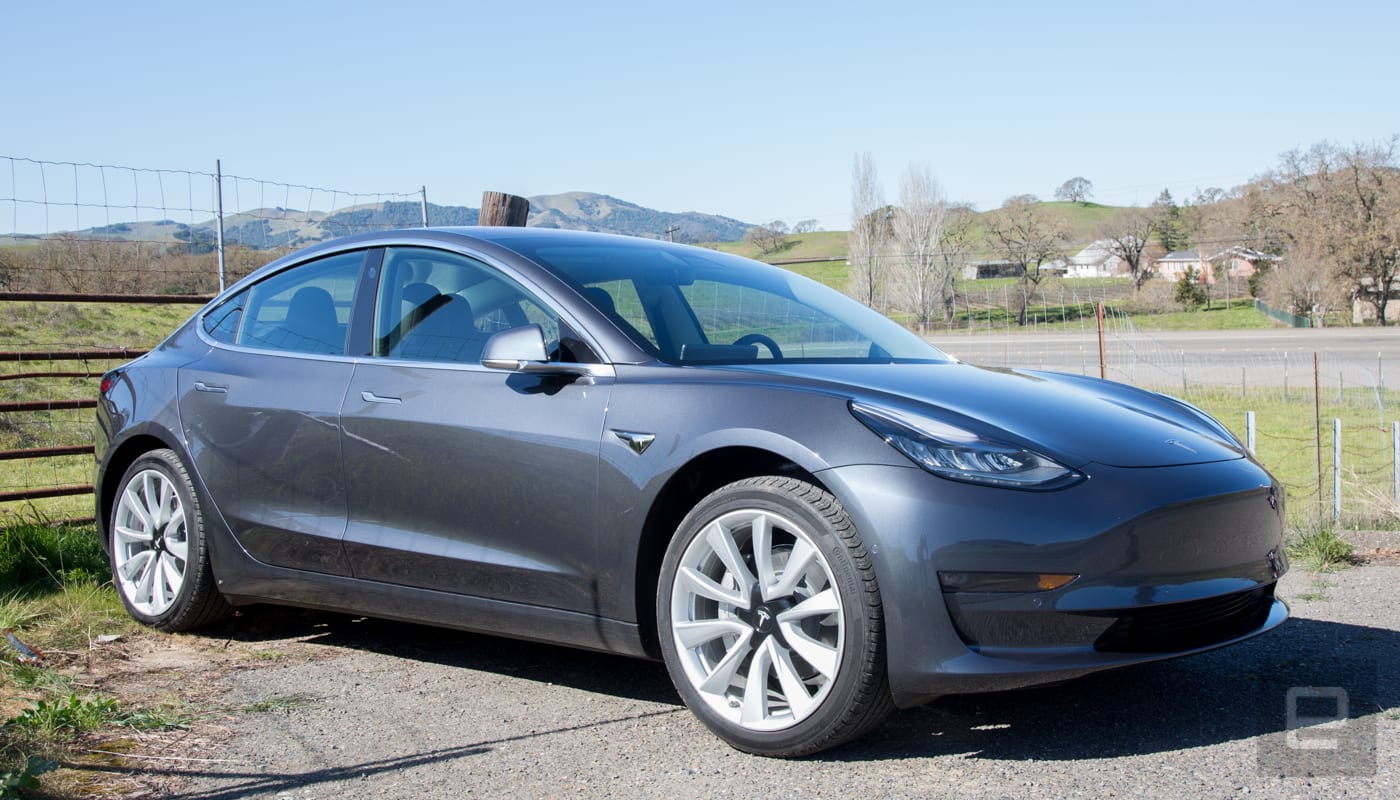 The US Department of Energy (DOE) has set aside nearly $300 million, split across three separate funding opportunities, in new grants to promote the development of sustainable transportation tech. The first of the funds will see the DOE's Vehicles Te...
The US Department of Energy (DOE) has set aside nearly $300 million, split across three separate funding opportunities, in new grants to promote the development of sustainable transportation tech. The first of the funds will see the DOE's Vehicles Te...
This in-home water recycler is meant to help the planet, and your wallet
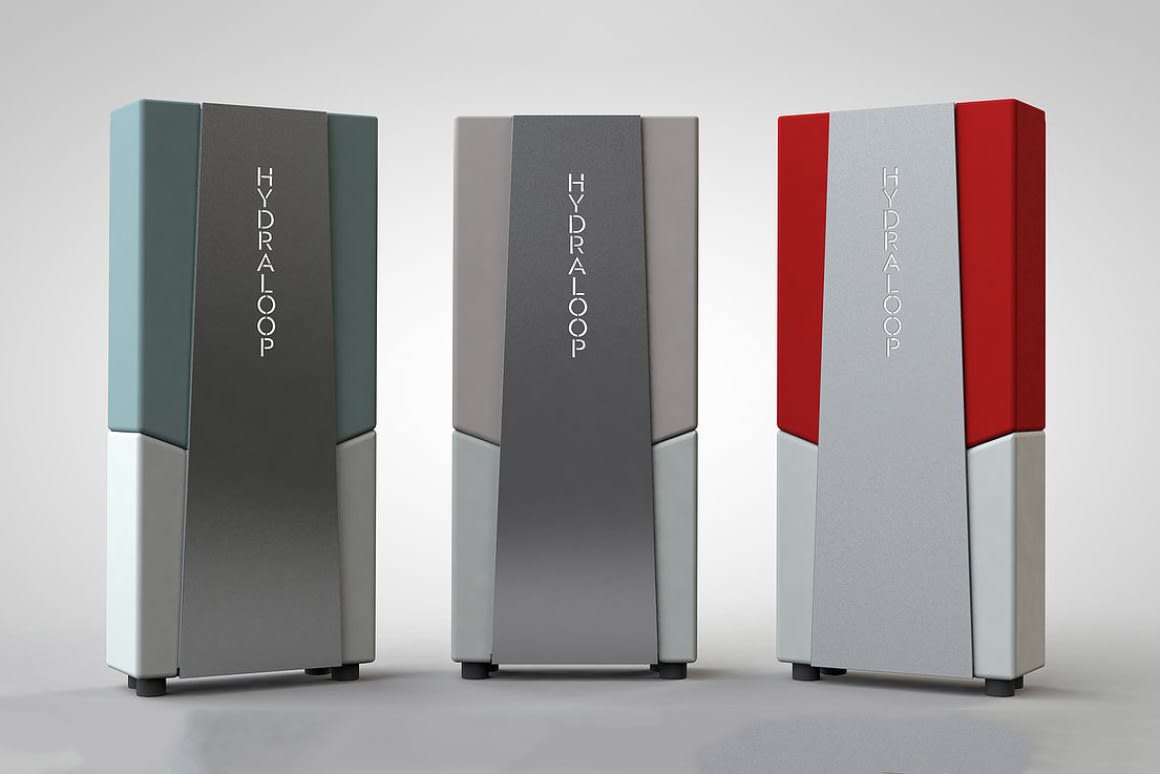 With concerns over water scarcity on the rise, companies are increasingly looking to give people ways to reduce their water consumption. For Hydraloop founder and CEO Arthur Valkieser, the answer was clear: Build a device that gives homeowners and bu...
With concerns over water scarcity on the rise, companies are increasingly looking to give people ways to reduce their water consumption. For Hydraloop founder and CEO Arthur Valkieser, the answer was clear: Build a device that gives homeowners and bu...
Dell says it will power all of its facilities with renewable energy by 2040
 Dell has announced new sustainability initiatives as part of the "Progress Made Real" plan the company shared on Tuesday. The centerpiece of the company's new climate change plan is to source 75 percent of the power for all of its facilities from ren...
Dell has announced new sustainability initiatives as part of the "Progress Made Real" plan the company shared on Tuesday. The centerpiece of the company's new climate change plan is to source 75 percent of the power for all of its facilities from ren...
Google needs a sustainable phone moonshot
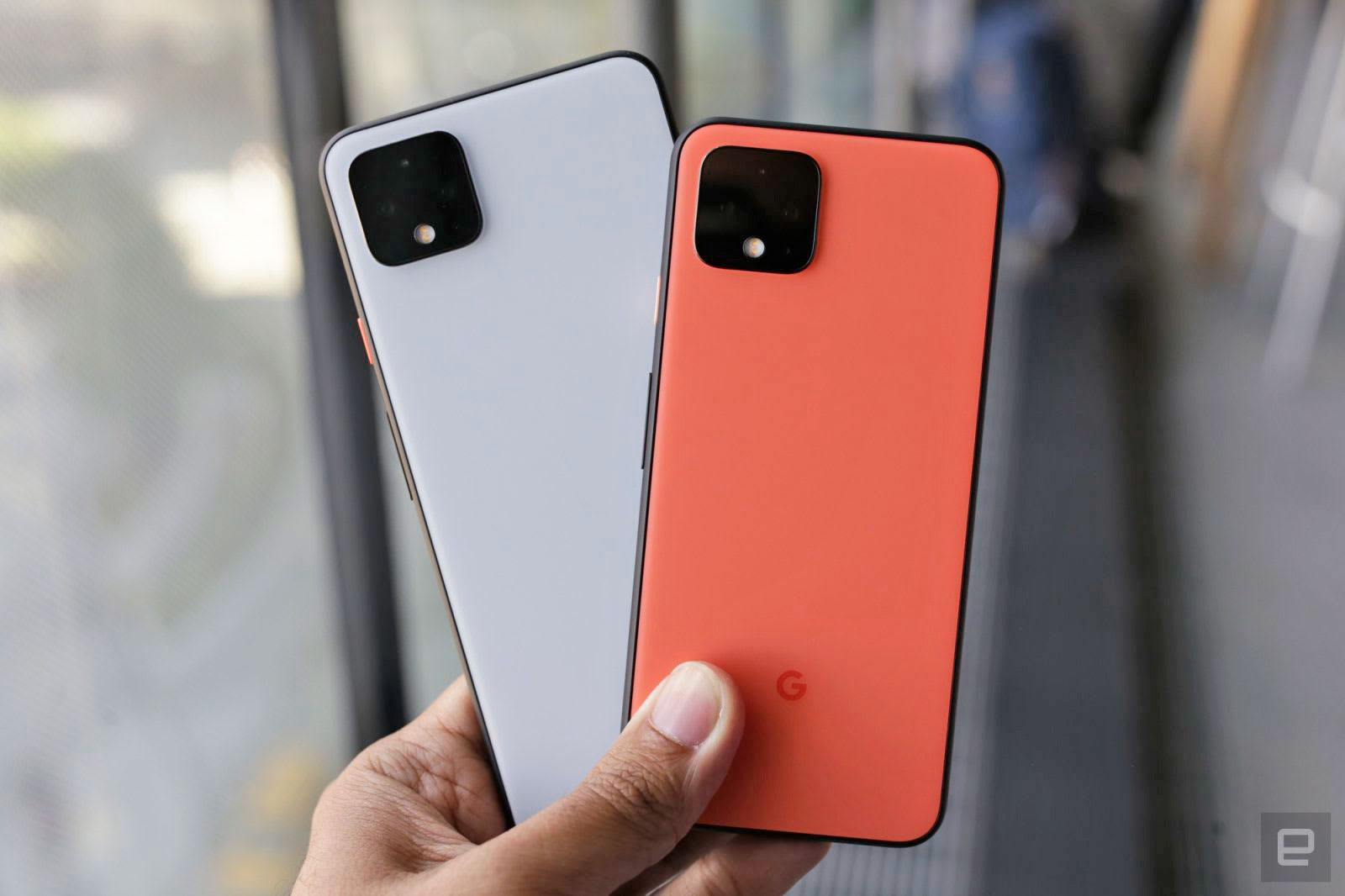 "Developing sustainable solutions to mass production and consumption is one of the biggest challenges we face today as an industry," Rick Osterloh, Google's senior vice president for devices and services said onstage yesterday. "It impacts all of us...
"Developing sustainable solutions to mass production and consumption is one of the biggest challenges we face today as an industry," Rick Osterloh, Google's senior vice president for devices and services said onstage yesterday. "It impacts all of us...
The North Face’s high-tech Futurelight jackets are finally here
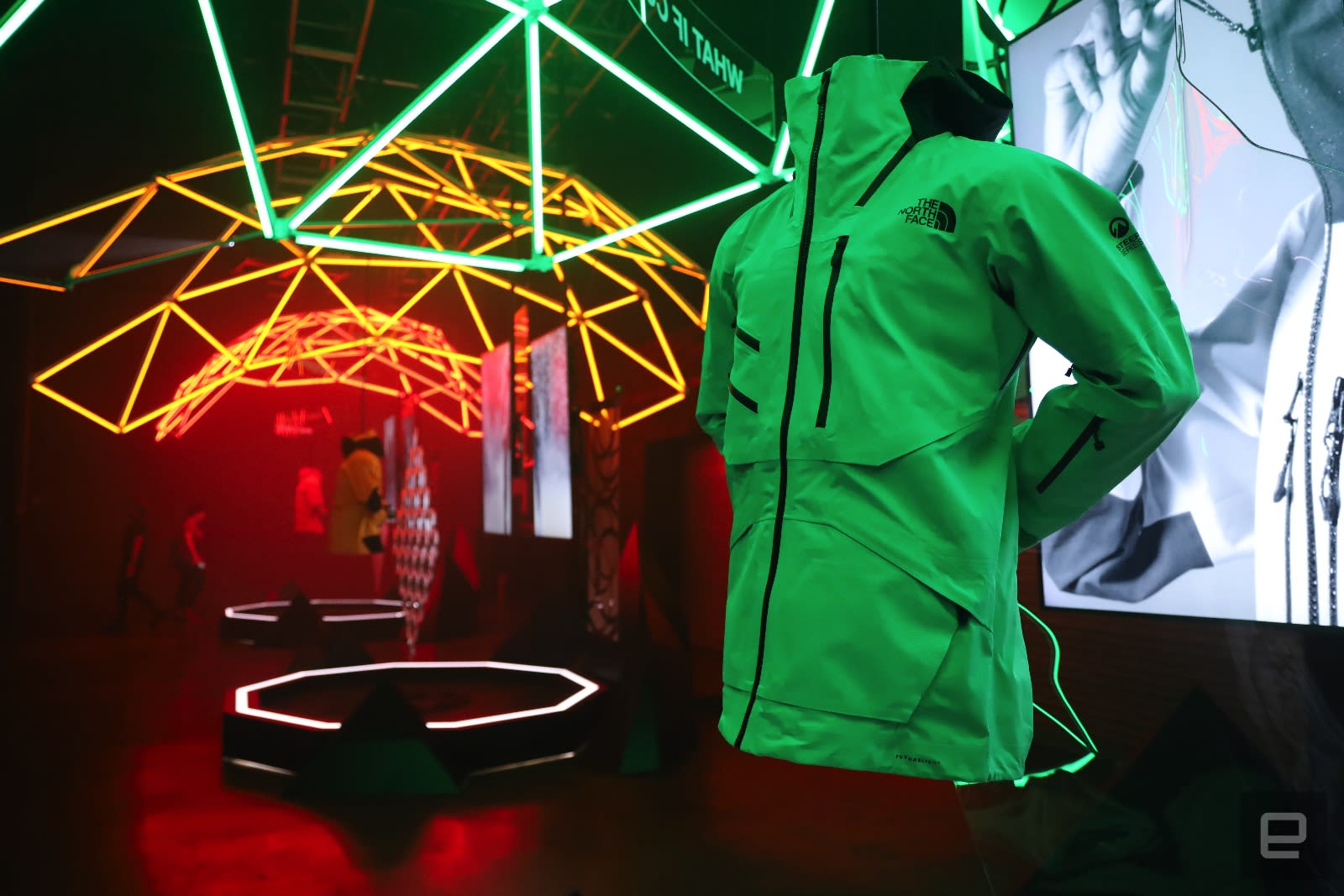 When The North Face teased its new Futurelight fabric earlier this year, it claimed to have created its most breathable waterproof gear yet. It uses a proprietary nanospinning technology that lets air move through fabric easily and according to the c...
When The North Face teased its new Futurelight fabric earlier this year, it claimed to have created its most breathable waterproof gear yet. It uses a proprietary nanospinning technology that lets air move through fabric easily and according to the c...
Google pledges to ‘maximize’ recycled material in own products
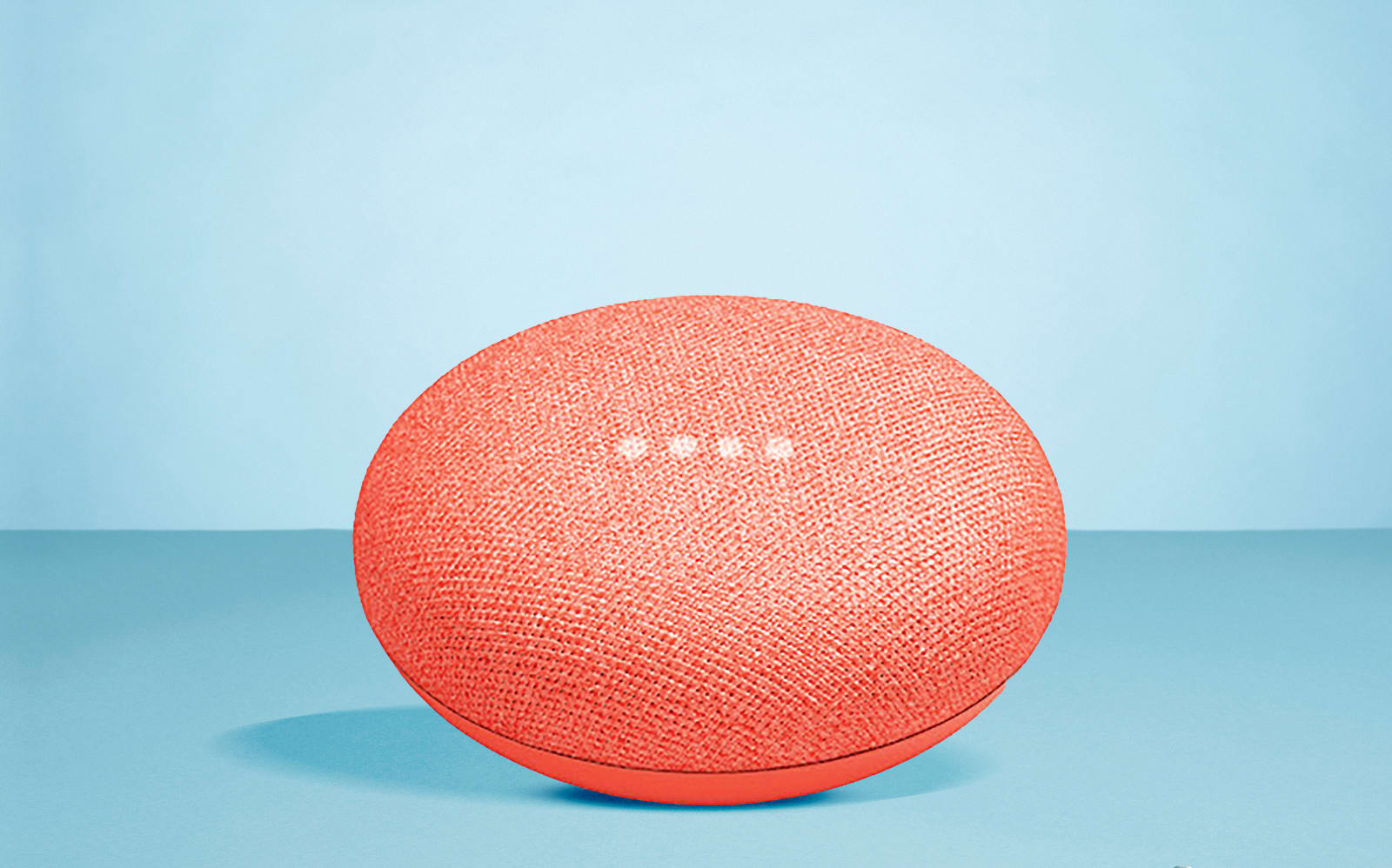 Google has been making consumer hardware under its "Made by Google" brand -- like its Pixel phones and Google Home Minis -- for three years, and dabbled in other hardware for a few years before that. Now, it's ready to make its products more sustaina...
Google has been making consumer hardware under its "Made by Google" brand -- like its Pixel phones and Google Home Minis -- for three years, and dabbled in other hardware for a few years before that. Now, it's ready to make its products more sustaina...